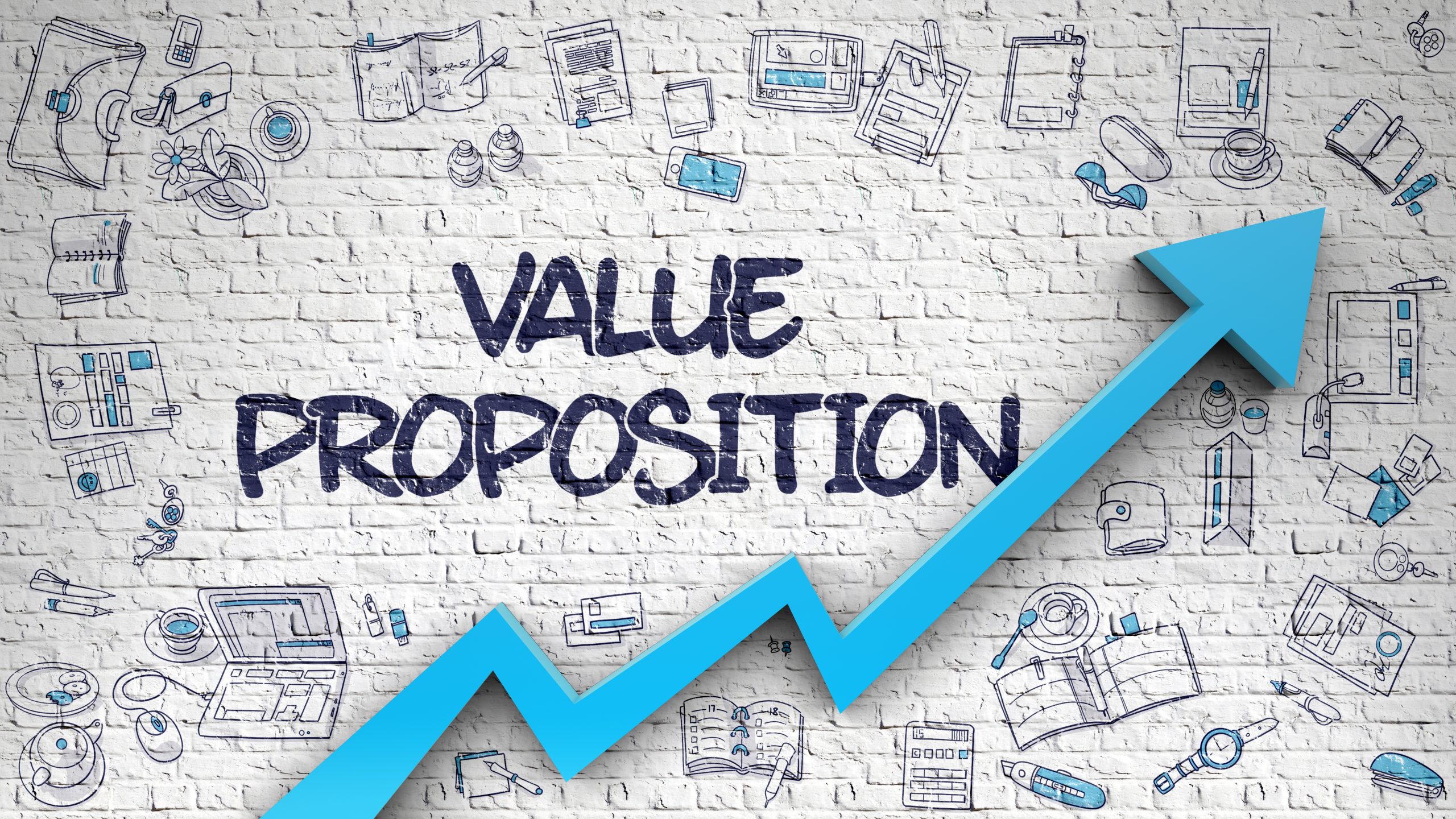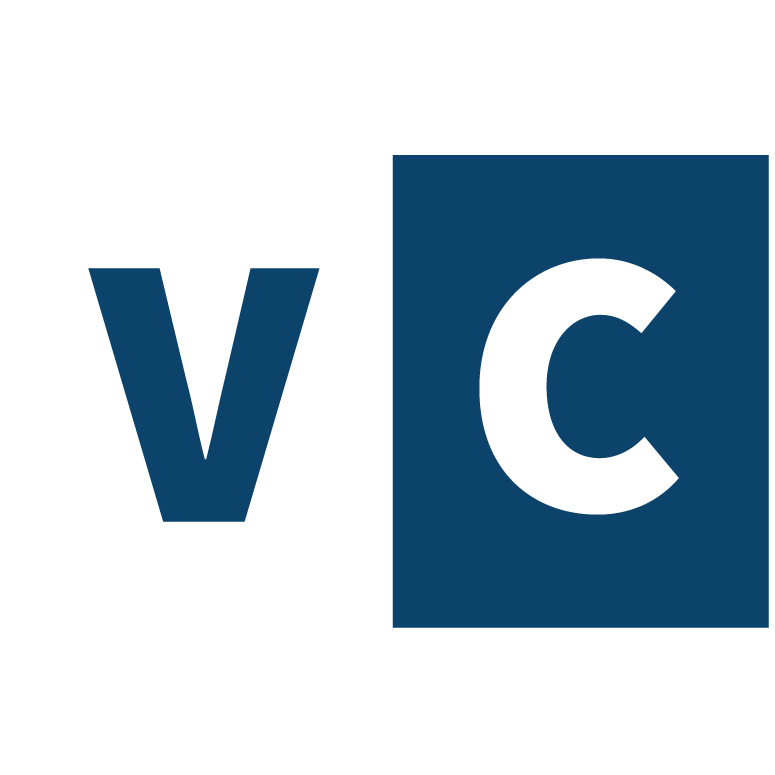Design & Assembly
The entrepreneur proceeds to design all components of the consumer experience (following the precepts of the Value Learning Cycle) and all components of the system required to facilitate that experience for the consumer, including those to be included in the entrepreneur’s firm, and those identified via partner firms and relationships.
Orientation
Once a value proposition and business model for a business, brand, division or initiative are robust enough in imagination, the subsequent action is to design and assemble. Design signifies working backwards from the desired customer experience to identify all the resources, processes and people that must be combined and integrated to deliver it. Assembly signifies the interconnecting and contracting of real resources to actualize the delivery at target quality levels and acceptable cost.
Capital and Resources Design And Assembly
Capital and resources are valuable when they are generative: they generate a flow of preferred goods and services to the customer, which flows back to the firm as revenue. The entrepreneur’s task is to design and assemble just the right combination of resources to generate the most preferred flow of goods and services to the customer, as measured by the return flow.
Value Network Partners
Consumers and customers interact not with single goods and services but with systems. The entrepreneur maps out the value generation system required to deliver the value choice to the customer with the least work / greatest convenience / best opportunity cost trade-off on the customer’s part. The entrepreneur decides which elements in the value network are his/her firm’s unique and superior contributions, and which come from a network of partners and suppliers to be aligned, managed, and communicated with.
Sales and Marketing Design
Marketing strives for complete value alignment between the firm and the customer: identifying how the customer prefers to consume value, communicating to customers that a preferred source of value is available to them, branding the experience, and developing a marketing plan for facilitation of the experience. Sales is the last mile of physical connection to the customer (often through channels) consistent with the marketing plan and framework.
Selection of costs / P&L Design
Costs are not a given, they are a choice. Via research and imputation, entrepreneurs estimate customer willingness-to-pay, and choose the cost structure of their process design to identify a potential profit. Different entrepreneurs in different circumstances may choose different costs (e.g. a well-funded start-up may choose higher marketing costs to drive faster growth).
Organization and Process Design
Organization is relational and includes both nodes (positions, departments) and the flows between them (processes, knowledge and information flows). For example, a rigid structure may inhibit the speed of knowledge exchange and limit the responsiveness to new market signals. Austrian economic principles point to highly decentralized organization structures with high levels of empowerment for decision-making. Entrepreneurs must design the right organizational structure and processes and monitor them continuously for its enablement of the firm’s strategic intent.
Business Model Design
The business model encompasses 4 V’s: identifying value potential (which can be translated as a dollar revenue stream by imputation); identifying all the assembled resources and assets for complete and ongoing value facilitation in production, distribution and communication; describing the value exchange (including price) and value in experience for the consumer; and value experience monitoring of the consumer’s evaluation for indications of acceptance or change; and value agility in implementing adjustment, change and continuous innovation.
Value Proposition Design
The entrepreneur formalizes the value proposition using a structured or templated format, precisely describing the target audience in attitudinal / needs terms, the nature of their dissatisfaction, the value promise, the rationale for that promise, and the specific economic calculations (benefits > costs).
Value-Generating Business Tools
Downloadable tools designed to guide you in applying E4B core principles in the day-to-day operations of your business.
Featured Videos
Short clips and animated explanations to help break down complicated topics into understandable insights.
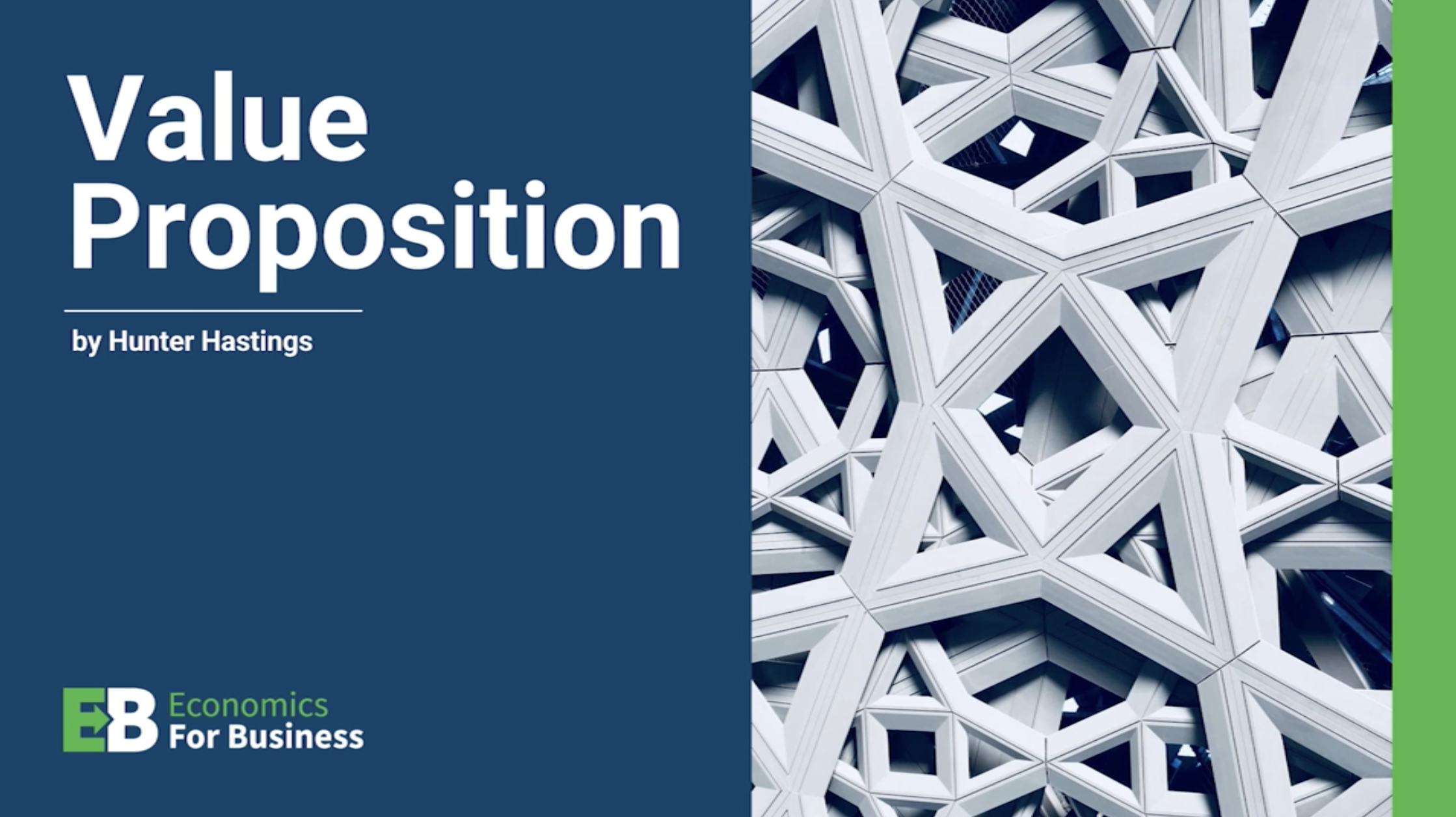
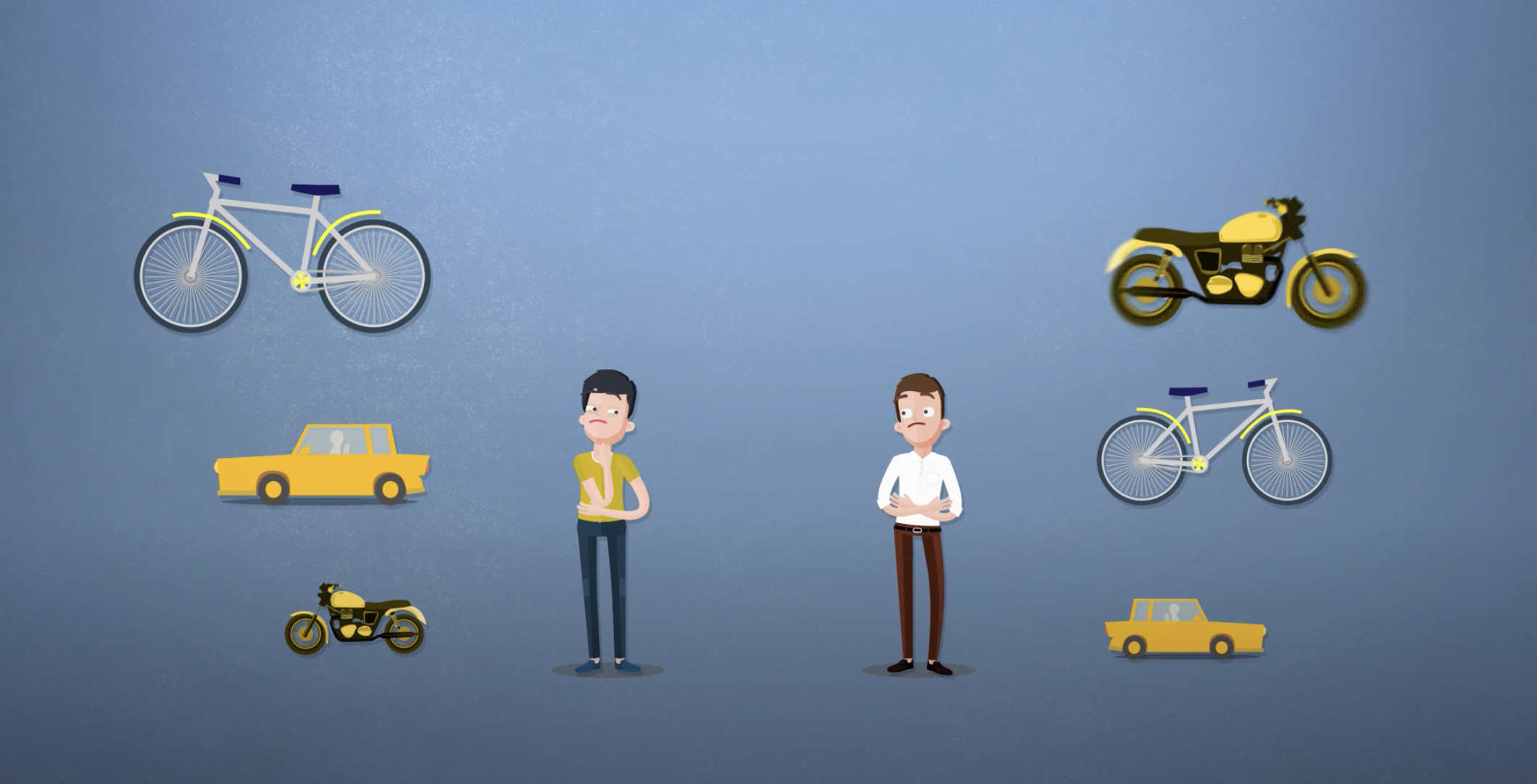
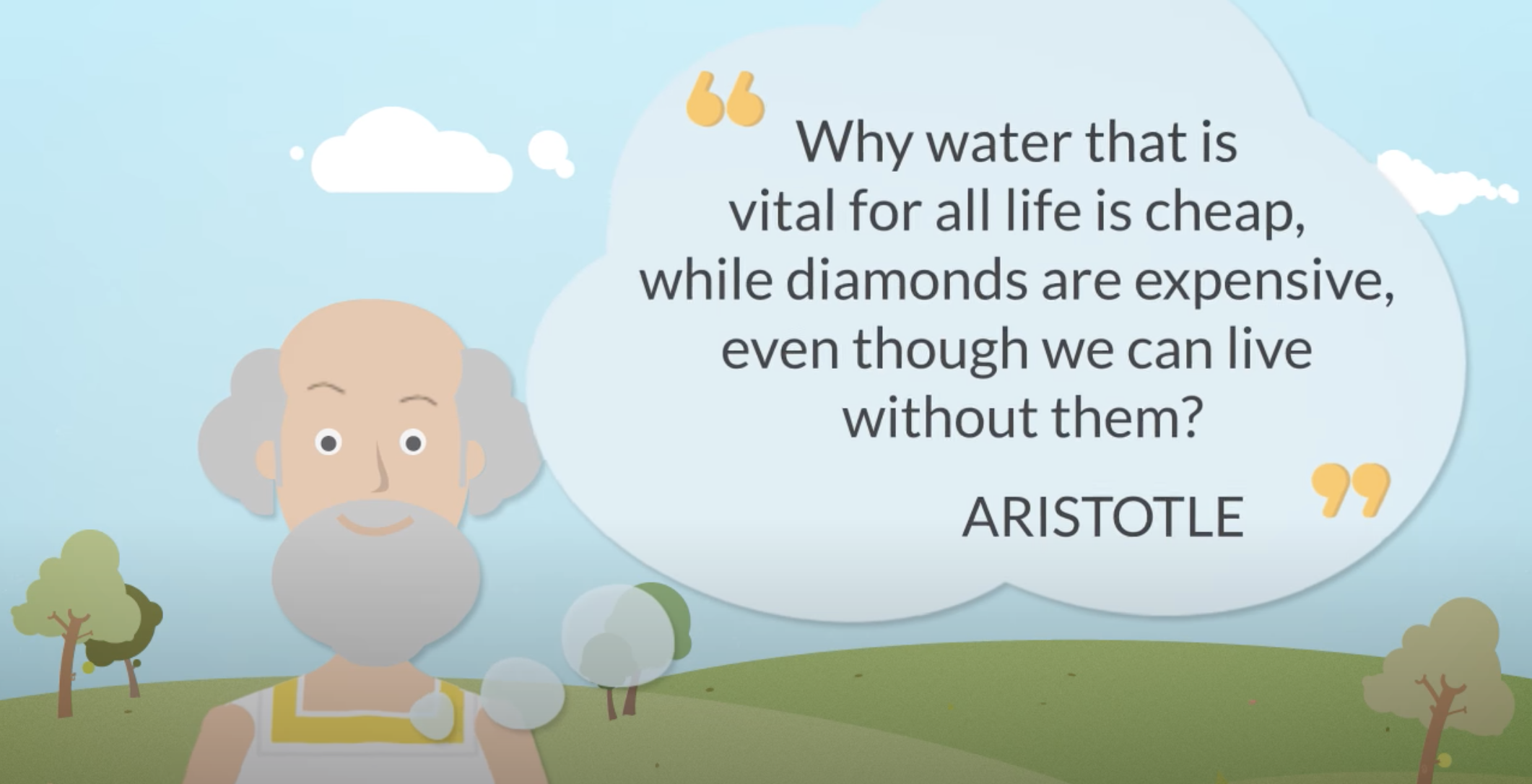
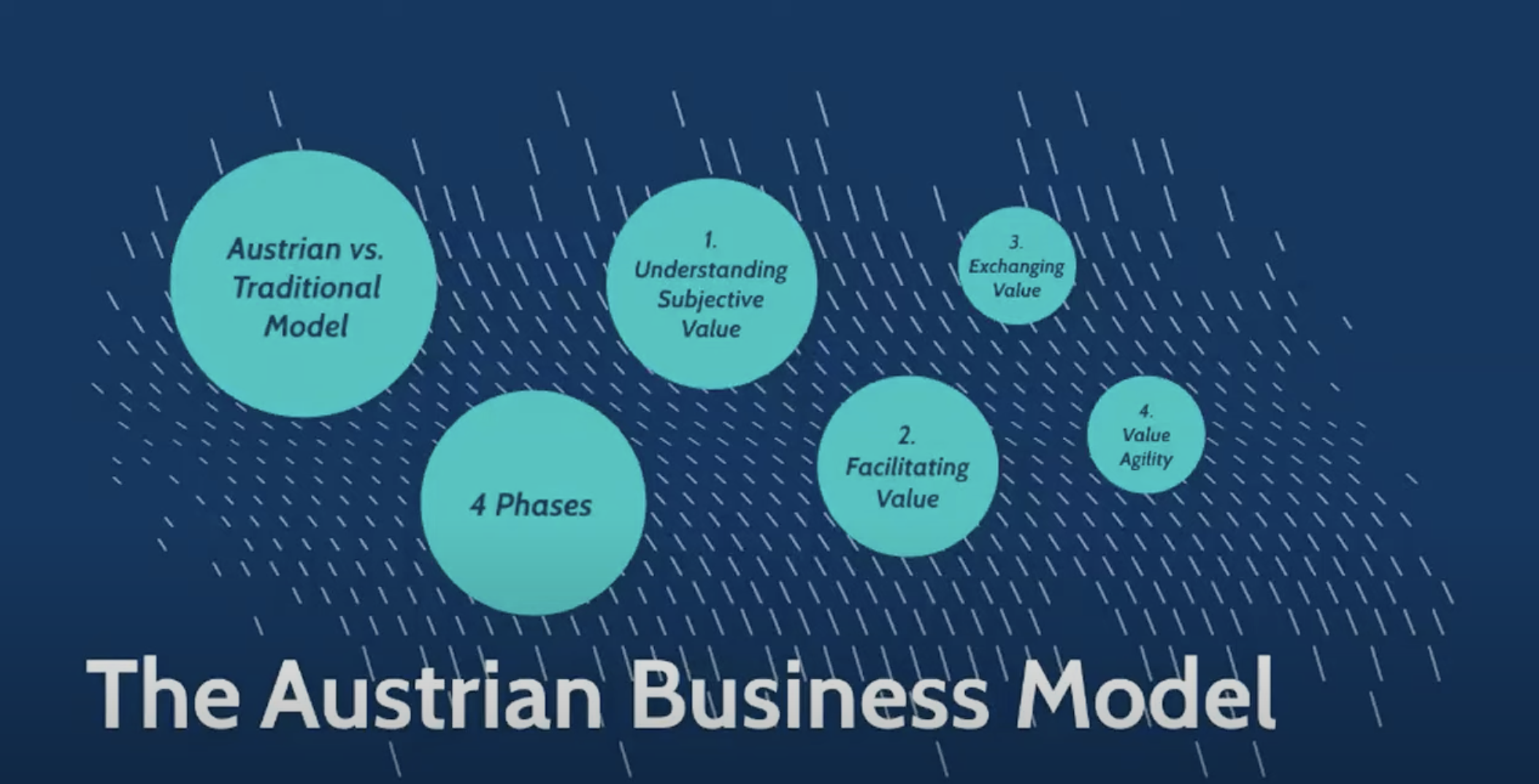
Blog Posts & Articles
Long-form news and commentary on current business events through the lens of Austrian economics.


